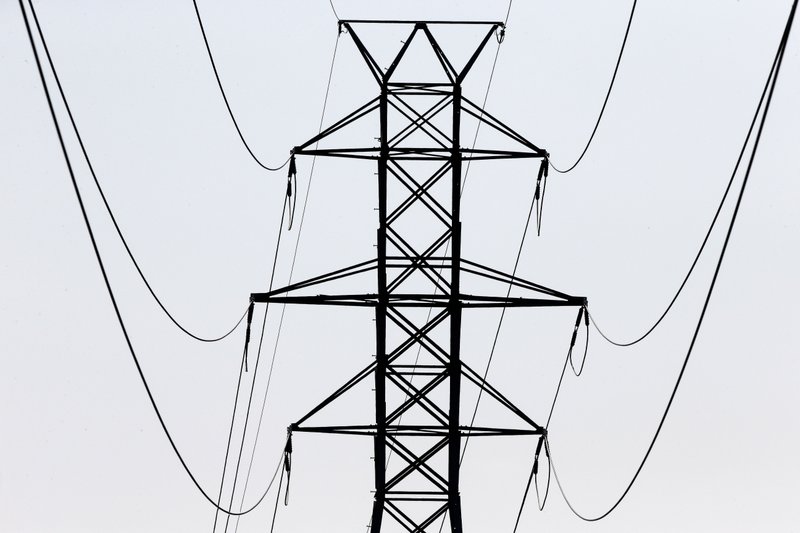WASHINGTON -- U.S. wholesale prices fell unexpectedly last month for the first time since February 2017, pulled down by falling prices for transportation and warehousing services. The drop suggests that inflationary pressures may be easing despite the strength of the U.S. economy.
The Labor Department said Wednesday that its producer price index -- which measures inflation before it reaches consumers -- fell 0.1 percent in August after being flat in July. Producer prices were up 2.8 percent from August 2017.
"Inflation pressures look modest for this late in an economic cycle," Chris Rupkey, chief financial economist at MUFG Union Bank, wrote in a research note. The American economy is enjoying the second-longest expansion on record, having emerged from the last recession in June 2009.
Wholesale prices for services dropped 0.1 percent -- more than 80 percent of which was accounted for by falling margins for machinery and equipment wholesaling, according to the report.
Goods prices were unchanged, as a 0.6 percent drop in food costs offset a 0.4 percent increase in energy. Over the past year, goods prices for producers have risen 3.9 percent.
Excluding volatile food and energy prices, so-called core wholesale inflation also slipped 0.1 percent from July but rose 2.3 percent from August 2017.
The producer price data suggest that some inflationary pressures may be taking a breather even as most signs of economic growth remain solid. Analysts are also watching for signs of how trade tariffs and retaliatory levies are affecting companies, particularly how they are filtering through the production pipeline to other businesses and consumers.
While the figures -- which highlight wholesale and other selling prices at businesses -- tend to be less prominent than the consumer price index, which comes out today, they illustrate how changes in input costs are feeding into inflation. Economists expect a 2.8 percent uptick in consumer prices from August 2017.
Federal Reserve policymakers are expected to raise interest rates later this month for the third time this year, with their preferred inflation gauge above the central bank's 2 percent target.
The downshift in August is likely a blip, as the trade-services data that drove the decline tend to be "noisy," according to Ian Shepherdson, chief economist for Pantheon Macroeconomics. "The trend isn't turning down," he said in a research note, even after the July core producer price index also missed economist estimates. "We doubt core [producer price] inflation has peaked, despite the unexpected weakness of the past two months' numbers; a sustained downward trend is even less likely."
Information for this article was contributed by Paul Wiseman of The Associated Press and by Katia Dmitrieva and Chris Middleton of Bloomberg News.
Business on 09/13/2018
